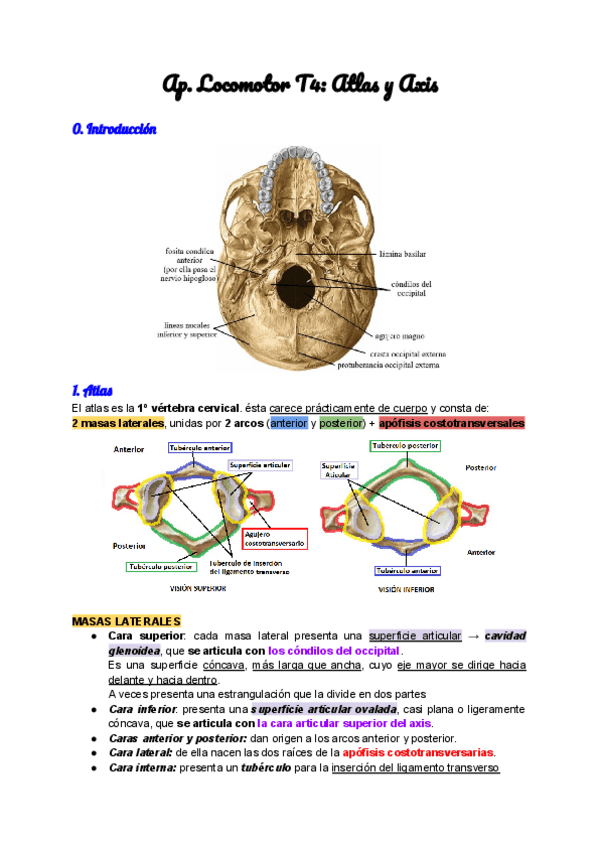Ap.-Locomotor-T4-Estudio-de-las-vertebras-atlas-y-axis.-Articulaciones-atlantoaxiales-y-atlantooccipitales.-Medios-de-union-entre-el-hueso-occipital-atlas-y-axis.pdf

Portada

Asignatura
account_balance
Grado en Medicina (USAL)
Fecha de subida
09 jun 2024
Categoría
apuntes
Etiquetas
content_copy